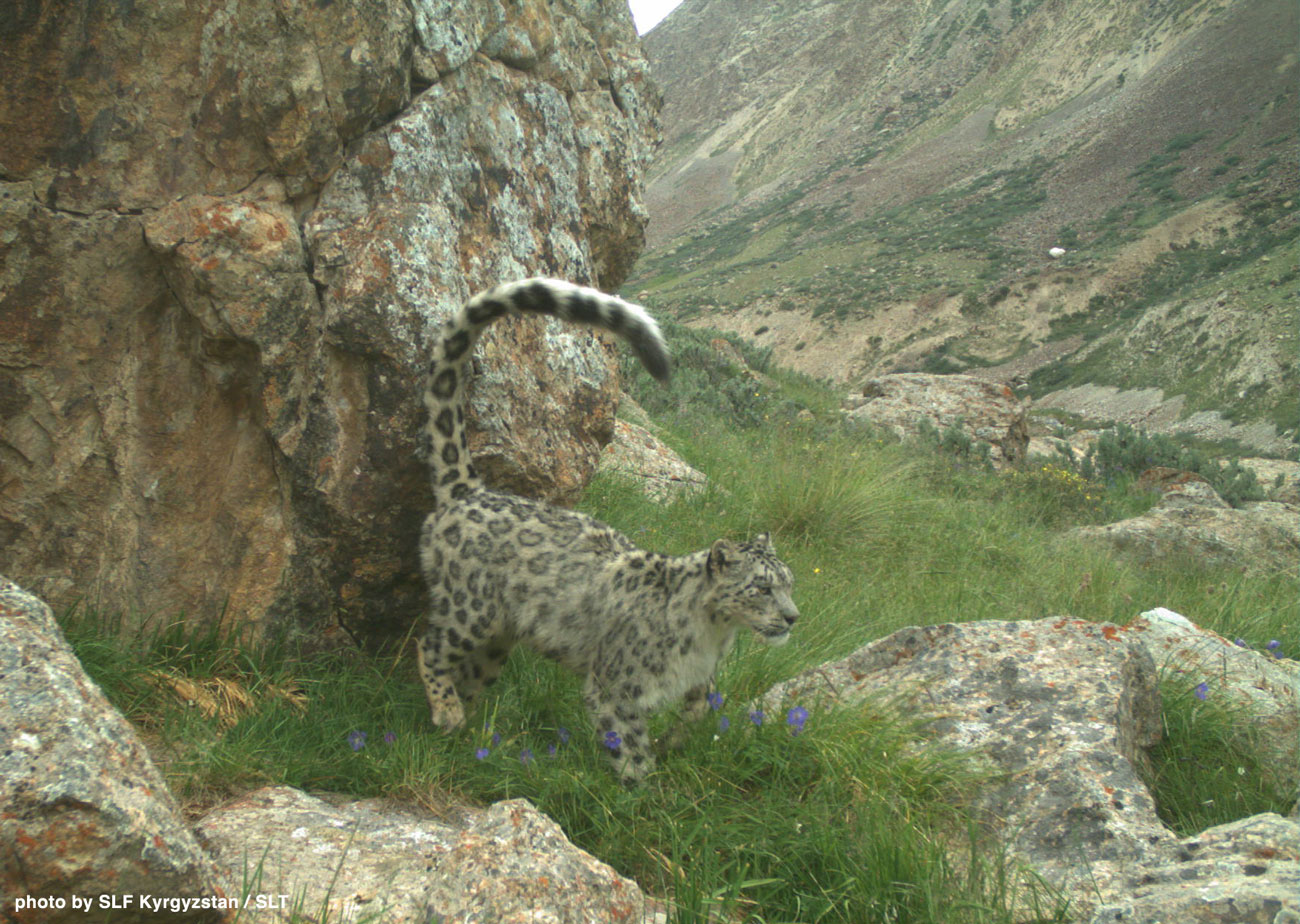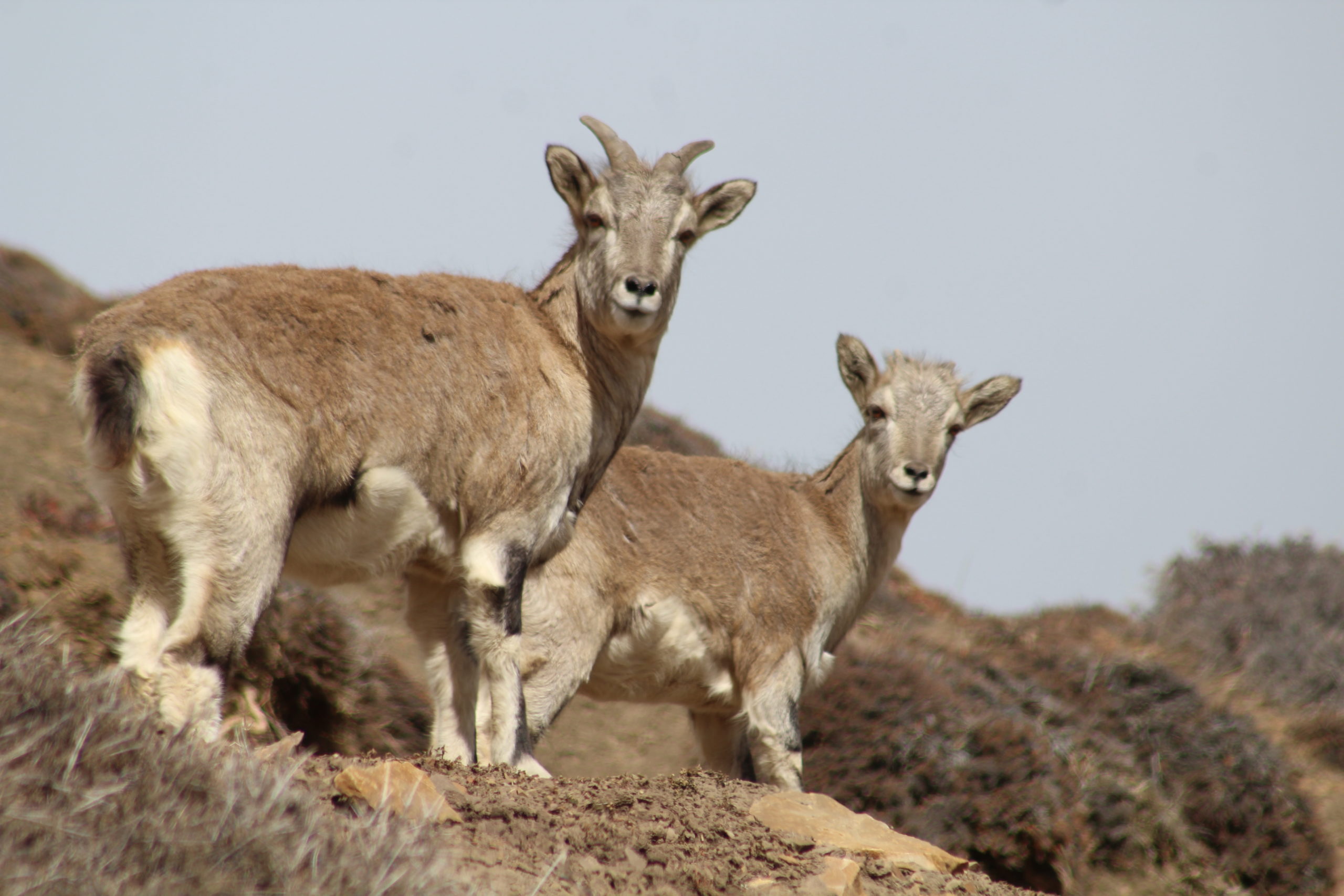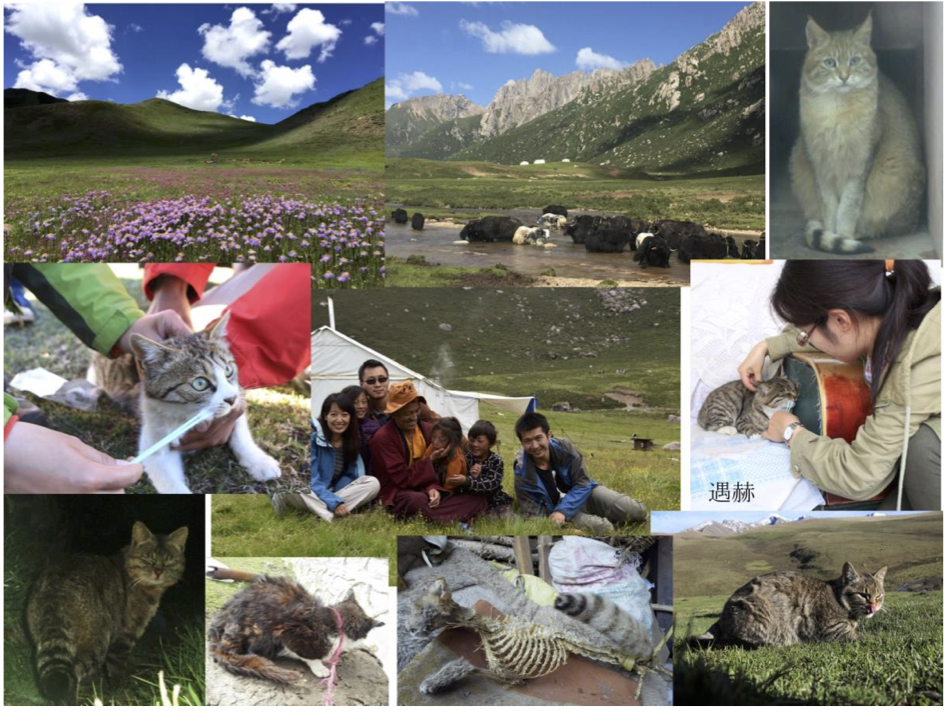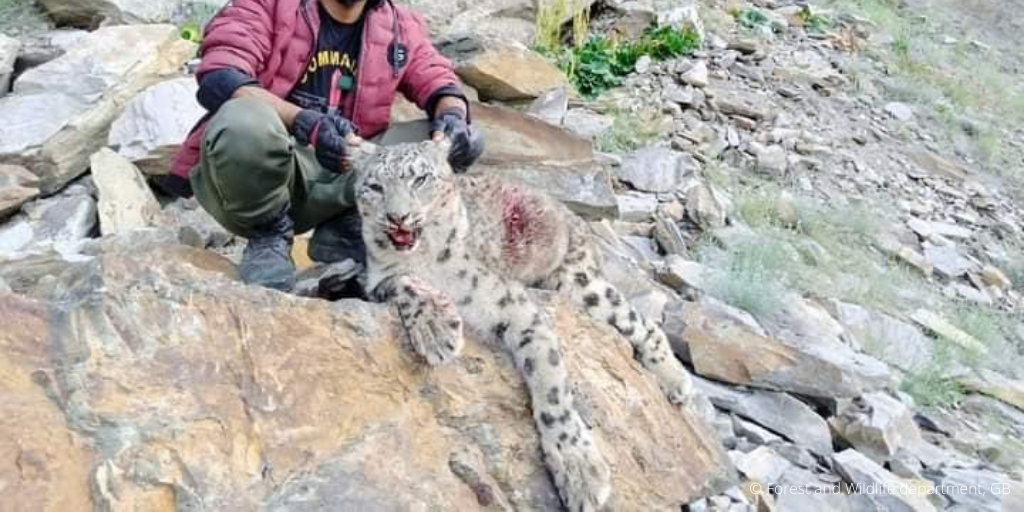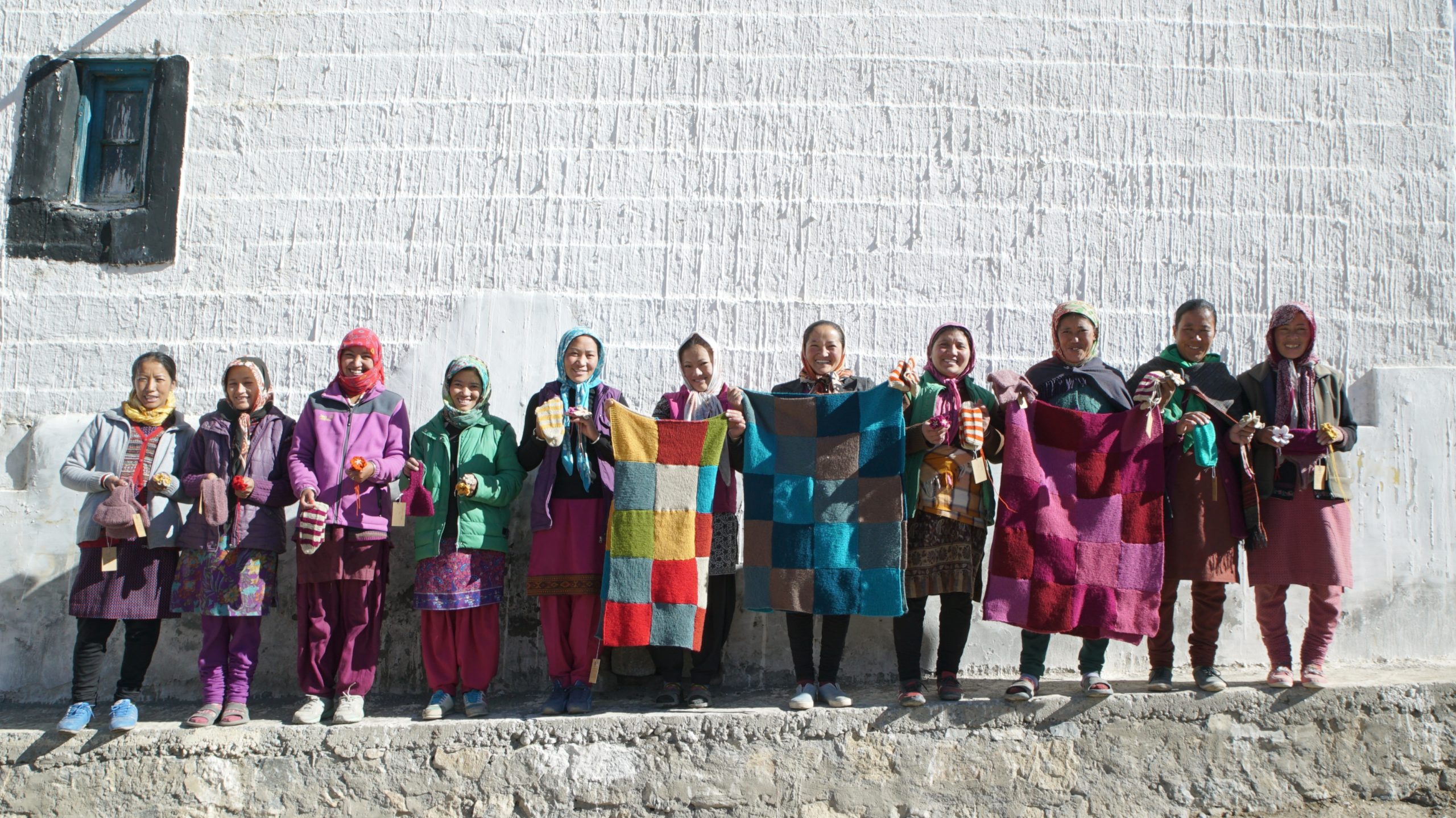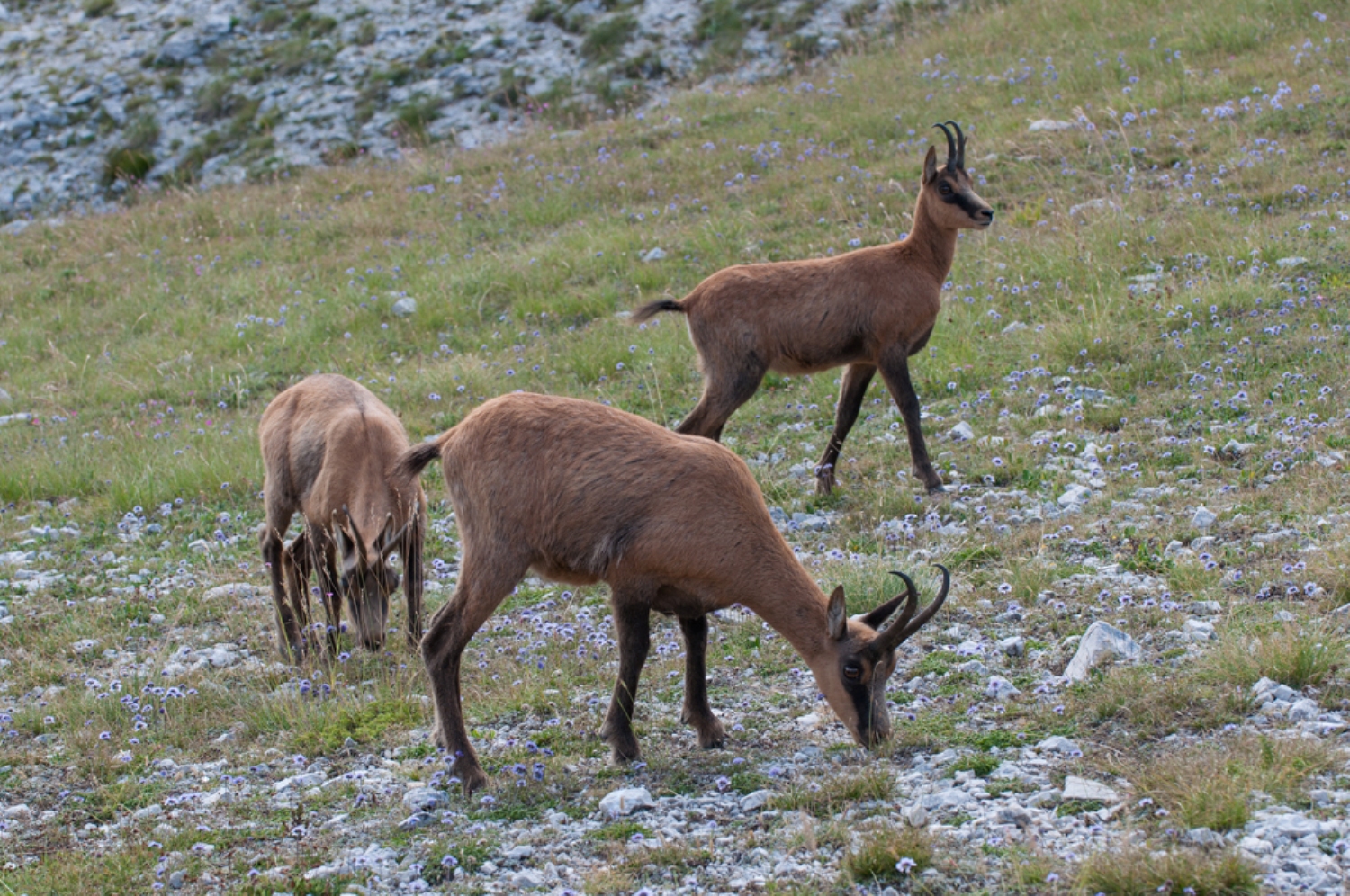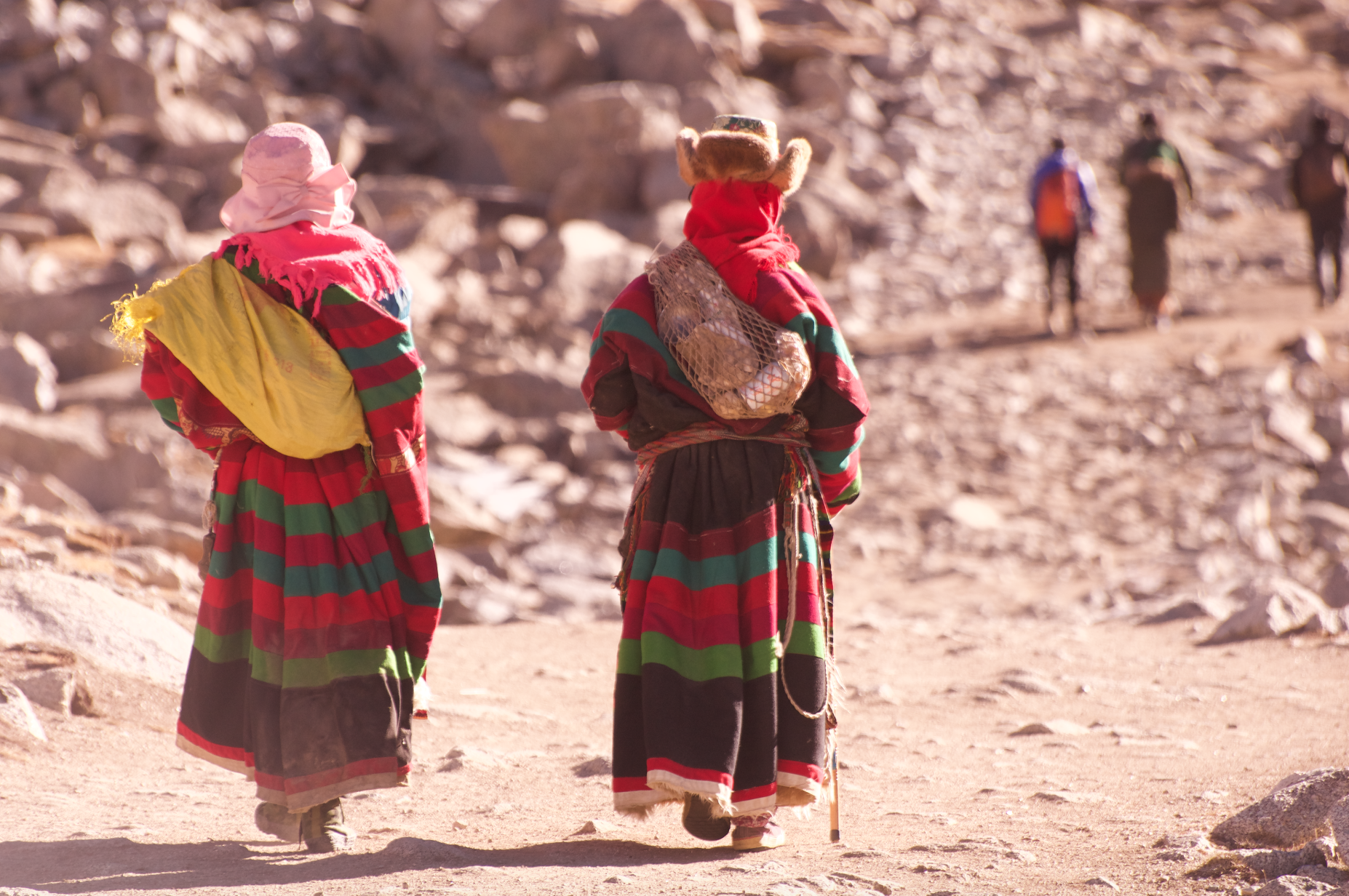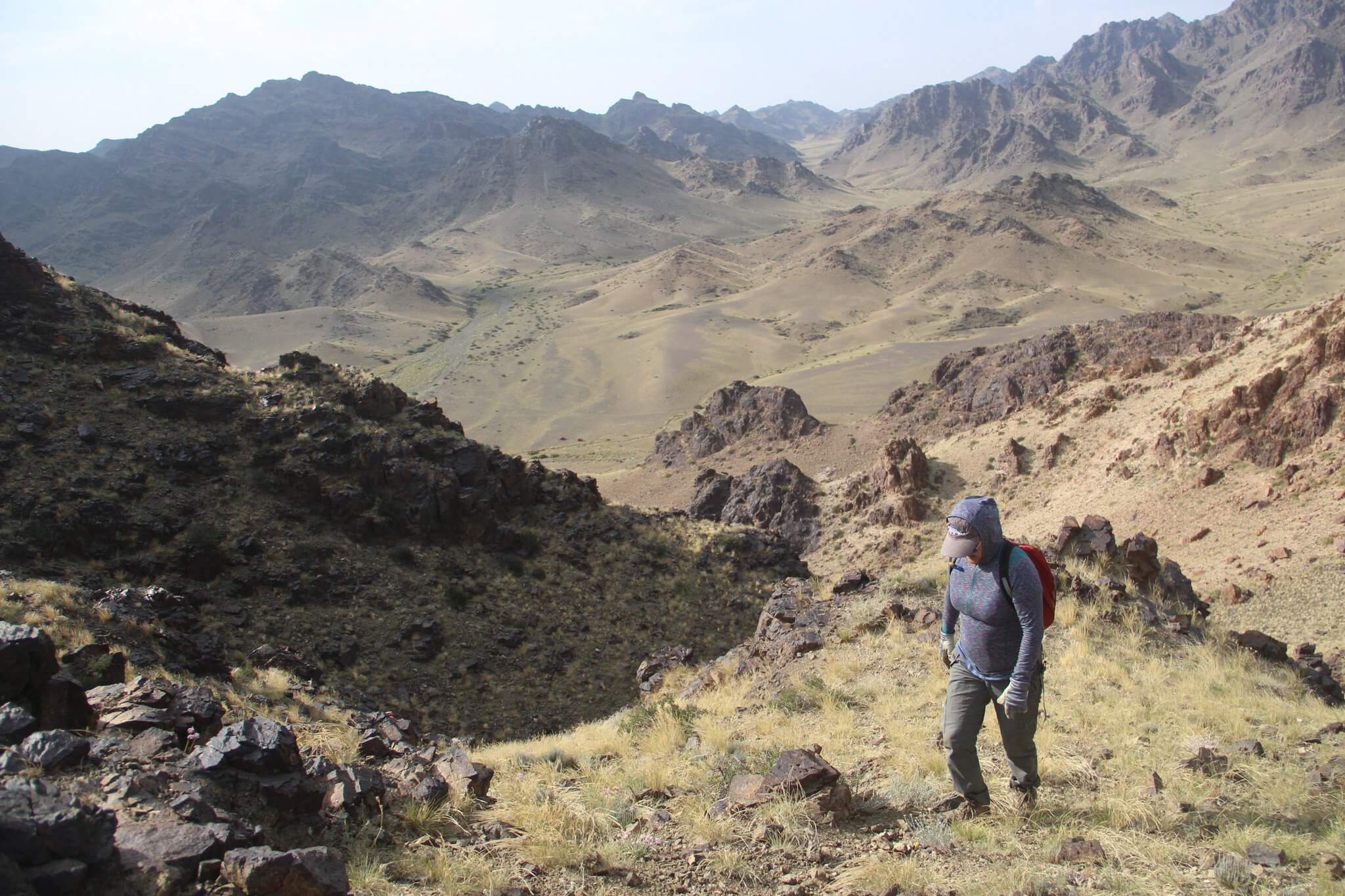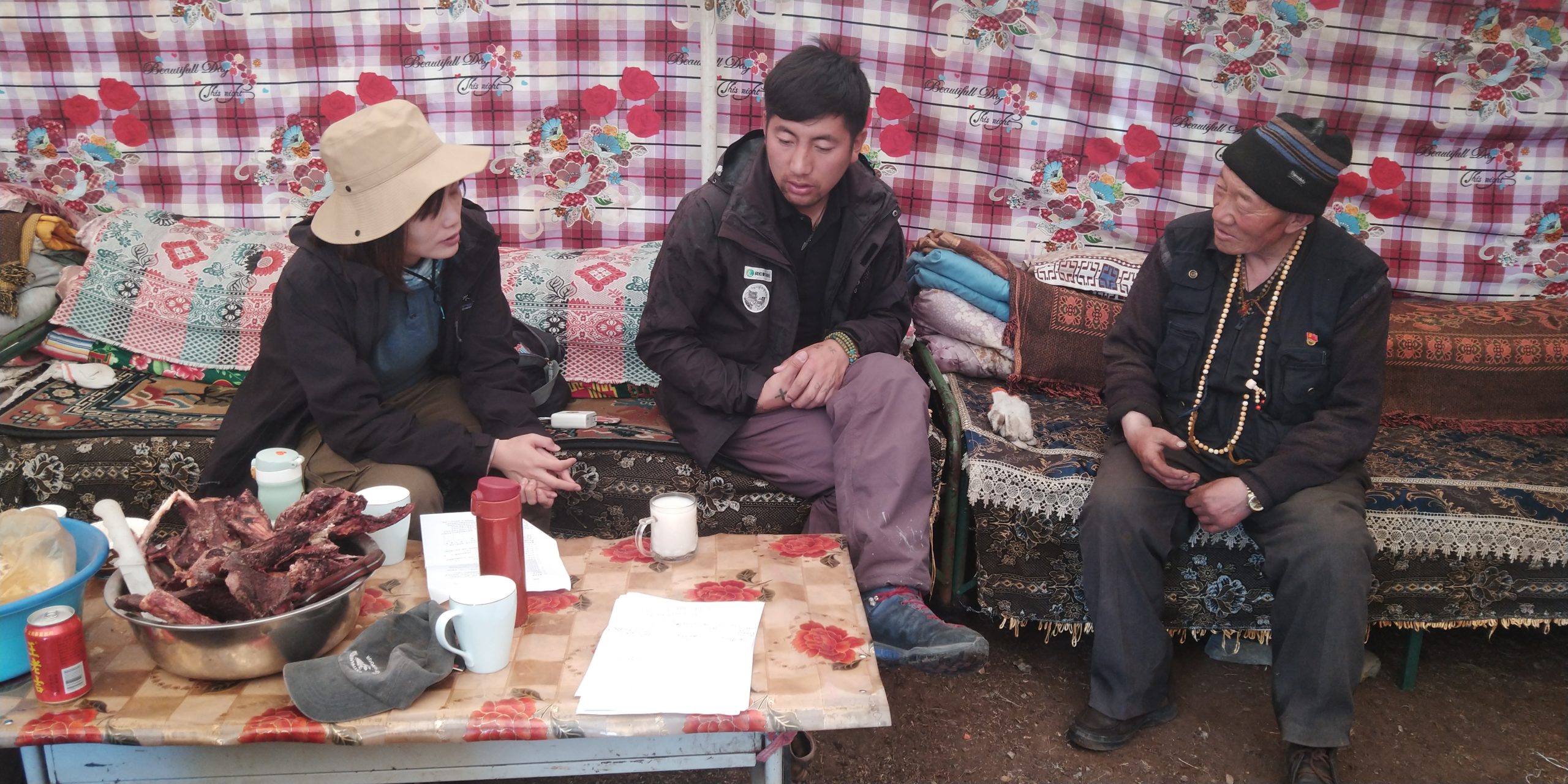Within China’s Qinghai-Tibet Plateau, called the rooftop of the world because it is the highest plateau on the planet, dwells the Chinese Mountain Cat or Chinese Steppe Cat (Felis silvestris bieti). This unique wild cat shares its species designation with the North African Wildcat (F. s. lybica), South African Wildcat (F. s. cafra), European Wildcat (F. s. silvestris), and the Asiatic Wildcat (F. s. ornata). We conducted surveys, collected cheek swabs, blood samples, and fecal samples for genetic analysis from cats in zoos, in the field, and in the homes of families in the Qinghai-Tibet Plateau area for research. Our research provided the world’s first genetic evidence of historical and contemporary introgression events between domestic cats (F. s. catus) and F. s. bieti. The results provide genetic evidence that a substantial percentage of the genomes of some Chinese domestic cats are as much as ten percent F. s. bieti. Genome-wide analyses classified the Chinese mountain cat as a wildcat conspecific F. s. bieti, which was not involved in cat domestication of China, thus supporting a single domestication origin arising from the African wildcat (F. s. lybica). A complex hybridization scenario including ancient introgression from the Asiatic wildcat (F. s. ornata) to F. s. bieti, and contemporary gene flow between F. s. bieti and sympatric domestic cats that are likely recent Plateau arrivals, raises the prospect of disrupted wildcat genetic integrity, an issue with profound conservation implications.
Dr. Shu-Jin Luo is a Principal Investigator at the School of Life Sciences, Peking University, China. A conservation and evolutionary geneticist with a Ph.D. from the University of Minnesota and a postdoc at the National Cancer Institute in Maryland, Dr. Luo is leading an active research team working on the genetics of wild and domestic cats and is the lead author discovering the new Malayan tiger subspecies Panthera tigris jacksoni, finding the genetic causes of the white tiger, and elucidating the evolutionary histories of various endangered felids including the tiger, leopard cat, and the Chinese mountain cat. Dr. Luo is a member of the IUCN Cat Specialist Group since 2005 and a council member for the American Genetic Association (AGA) since 2020.
Dr. Terry Townshend joins us at facilitator and Ganga Ram Regmi, Founder and Director of Third Pole Conservancy, Nepal, as our discussant.
Watch on you tube – https://www.youtube.com/watch?v=gjGcIJjWkT4&list=PL8tq3jQmKIAq51AVcslWBakzD1dwm7xhr&index=25

